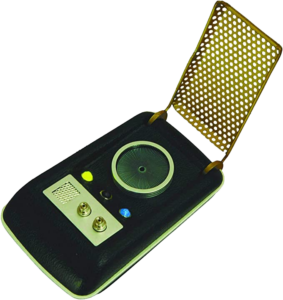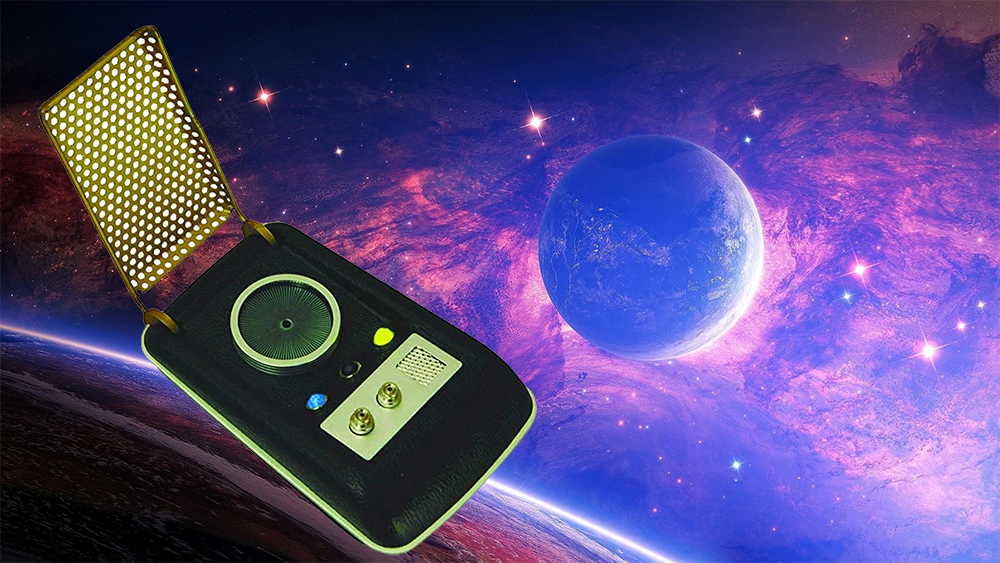The smartphone industry has come a long way since the days of flip phones. With their sleek designs and futuristic features, modern smartphones have captivated the hearts of gadget lovers. However, there is also something about flip phones that seems to elicit a sense of nostalgia and charm, particularly for those who owned one during the early 2000s. And especially, those of us who loved William Shatner’s Star Trek. The way it feels to throw open a clamshell with the flick of the wrist and then flip it closed at the end of a phone call is a sensation that a regular smartphone just cannot replicate.
One of the main challenges faced by the new crop of flip phones is their larger size, thickness, and weight compared to the slim and lightweight RAZRs and Nokias of the past. It may take a few minutes to get the hang of it, but it never quite captures the coolness factor of the classic flip. Why the difference? Flip phones were cell phones with some extra features. Modern devices are constantly connected to mobile computers that occasionally are used to make calls. All that hardware adds bulk and mass. Despite this drawback, there are plenty of other reasons why flip phones are becoming more appealing today.
Thanks to devices like the Samsung Galaxy Z Flip 4, Motorola Razr Plus, and Oppo Find N2 Flip, we are beginning to witness the potential of the flippy future. While foldable phones have their place in transforming from a smartphone slab into a tablet-like experience, flip phones offer a different and perhaps more practical user experience.
One of the key advantages of flip phones is their compact size. Take the Samsung Galaxy Z Flip 4, for example. With a 6.7-inch main screen, it is larger than many flagship smartphones.. However, when closed, it shrinks down to just 3.3 inches tall by 2.83 inches wide. This reduced form factor makes it feel more like holding a deck of playing cards, and it easily fits into tight pockets, workout armbands, and even your hand – duh!
Furthermore, flip phones offer the advantage of being two devices in one. Unlike foldable phones that combine a tablet and a phone, flip phones are akin to a phone and a smartwatch. When closed, the



